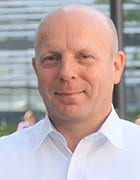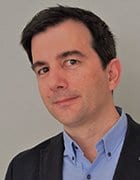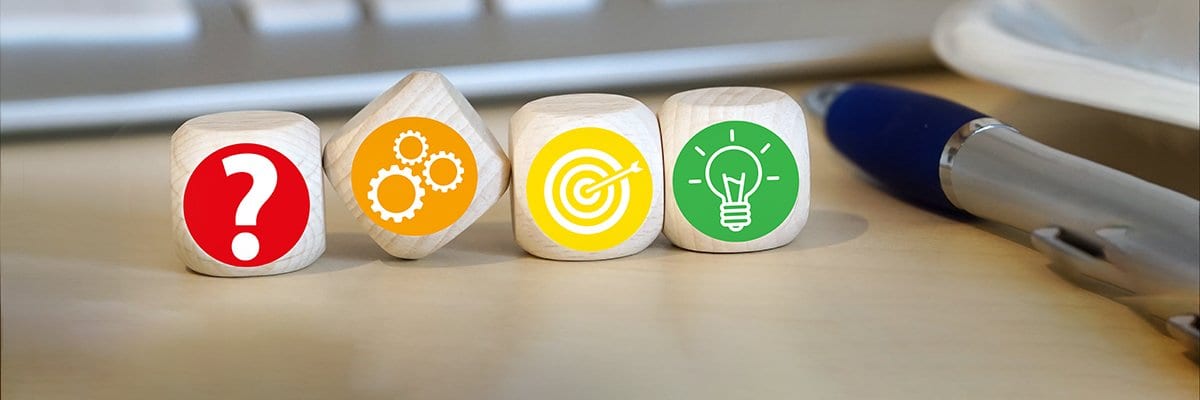Vodafone’s SAP estate, based on an S/4 Hana enterprise resource planning (ERP) system, has become a keystone of the telecoms company’s transformation into a smart enterprise, according to two of its corporate business technology leaders.
Holger Grewe, group head of corporate transformation, and Ignacio Garcia, CIO of corporate systems, at Vodafone, depict the telecommunications supplier’s relationship with SAP as strategic in nature, not merely a supplier-customer one.
Working with SAP and Accenture, Vodafone has established a single digital core based on the ERP system SAP S/4 Hana in a manner that might have leapt off a conference slide deck. The implementation’s aim was to improve operational efficiency in business functions such as finance, supply chain and IT, and it was carried out in a big-bang roll-out across 26 countries, for 130 plus legal entities.
The system go-live was at the end of November 2019. The project took 18 months, moving Vodafone’s single-instance SAP Enterprise Core Components (ECC) system to become one of the five largest SAP S/4 Hana instances worldwide, with the largest number of fixed assets in any single-instance SAP system globally.
The project also included global roll-outs of SAP’s peripheral software-as-a-service products Concur, SuccessFactors and Ariba.
Grewe’s remit at Vodafone includes data governance across all functions and all regions, as well as setting up and running SAP S/4 Hana for finance, supply chain and human resources (HR), SAP Concur travel booking and expenses, and logistics with enhanced warehouse management. He also has a focus on mergers and acquisitions integration and separation at a company that has a complex history of fusions and splits.
The digital transformation of the support functions, using SAP technology, at Vodafone started back in 2007, says Grewe. Here, “support functions” means HR, supply chain and finance.

“What is special at Vodafone is that we were able to have a core of standard processes across all our companies”
Holger Grewe, Vodafone
“We looked at it from the viewpoint that Vodafone acquires, integrates and also divests companies,” he says. “In the heyday of our mergers and acquisitions, we added a lot of companies that had grown on their own and set their own processes, systems and so on in the background. The key to the transformational agenda at that time was to get Vodafone working in the same way, wherever we were operating.”
Vodafone is a long-standing SAP customer, but that is not so special, says Grewe. “What is special at Vodafone is that we were able to have a core of standard processes across all our companies. There are others with lots of different SAP systems, but they run very different processes in each of these systems, whereas our target was really for the processes that we selected, that we arrived at a standardised model,” he says.
And now, with the implementation of S/4 Hana, the company has been brought to a new level, he says.
“The first step was really quite cumbersome, because going from market to market to do this takes quite some time. The first step took us four to five years. The S/4 step is about optimising the processes and also optimising the user experience,” says Grewe.
“It is also fair to say in the old [SAP] ECC world, we had this one, single-instance system, and it was very difficult to get the data out of the system and do the appropriate analysis. With S/4 now, we are really able to get the data and insight out much easier.”
The data windfall from Hana
Ignacio Garcia, as CIO, backs his colleague up on this point about greater insight being discoverable from S/4 than from ECC.
“We didn’t have the computing power before. In our business, we have hundreds of thousands of towers, and every tower has thousands of components. The data from all of those assets was too huge to be analysed before. Now, with Hana, we can have analysis and do predictive on that type of data,” he says.
“That is one example of the benefit, but there are more. There is also the integration with external data sources and IoT [internet of things] data. Previously, that was difficult and not real time, and now we are achieving that. And that is opening our system up to a really full digital experience.”
The S/4 implementation is on-premise. “At some point, we will go to the cloud,” says Garcia. “We are now getting the benefit of a commoditisation of the [in-house] datacentre path. Now, things are moving, the technology is evolving, the big providers are now getting certified and in the sizes that we have, and eventually we will move to the cloud.”

“We have managed to optimise our own operations and be far more efficient. We have killed all the legacy and the extra complexity that we had in the landscape”
Ignacio Garcia, Vodafone
In the meantime, however, “SAP also has two hearts”, cautions Grewe.
“One is the move to software as a service, and the second is that there are very large customers on-premise, specifically on the S/4 side, because SaaS will never cater for all the requirements of a large corporate organisation. They need to make a compromise on speed of development for these two pathways that they still need to support,” he says.
“And for us, of course, as one of the biggest S/4 Hana installations in the world, we want to make sure that the on-premise side receives the necessary attention when it comes to integration and out of the box capabilities.”
His colleague Garcia says the implementation has radically simplified Vodafone’s enterprise software landscape. “We have managed to optimise our own operations and be far more efficient. We have killed all the legacy and the extra complexity that we had in the landscape. So, I would say yes, the power of Hana is fundamental, not just for computing but equally for integration.
“Our system integrates with all the local markets. We have more than 1,000 interfaces with different systems. We have data flowing across the company. And this is at the heart of our finance function and everything. But that simplicity and integration is also key because the integrity of the data and the fact there is no breaking down is what allows us to be more digital.”
Garcia concludes, invoking a Bill Gates trope from the 1990s, that the “enterprise of the future should be like the human body, getting information from the senses, processing super-quickly in the brain, and sending an instruction immediately to the body”.
“That is what we are trying to do, eliminating bottlenecks where you have manual processing,” he says. “That is the analogy for us, where information just flows. It is not a new concept, but now we have the computing power to realise it. We will kill manual processes everywhere.”























